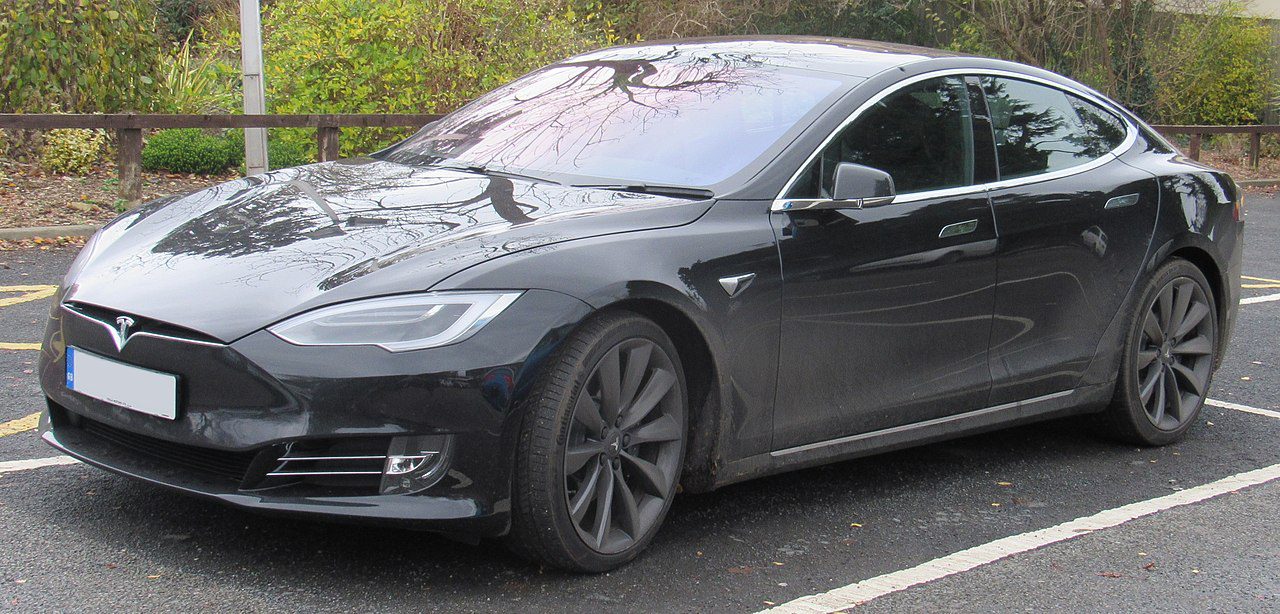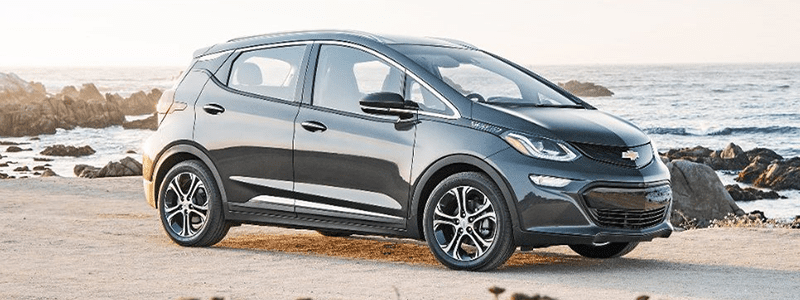 For the third year, in what is becoming an annual tradition here at CarSalesBase, we are using the incoming new year as motivation to reflect back at the previous year and look at its success stories (see here for the 2016 success stories, and here for the 2016 disappointments). Also find our disappointments of 2017 and our predictions for 2018. Let us know in the comments below if you agree or disagree!
For the third year, in what is becoming an annual tradition here at CarSalesBase, we are using the incoming new year as motivation to reflect back at the previous year and look at its success stories (see here for the 2016 success stories, and here for the 2016 disappointments). Also find our disappointments of 2017 and our predictions for 2018. Let us know in the comments below if you agree or disagree!
1. Chevrolet Bolt EV
Besides the Tesla Model S, the best selling plug-in vehicle in the United States in 2017 was the Chevy Bolt EV with 23,297 sales. And yes, that also includes plug-in hybrid vehicles, like the Toyota Prius Prime and its stablemate Chevrolet Volt. And that was despite a slow roll-out across the States, starting with just a handful of States before being launched nationwide in the second half of the year. In terms of marketing and recognition, the Bolt has never stepped out of the shadow cast by the Tesla Model 3 with its half million paid reservations, but in real life GM beat its agile rival on time-to-market. In contrast to the Model 3, buyers could walk into a dealership in 2017 and drive home with an affordable electric car with a range that was enough for everyday driving. They were also able to take advantage of the current federal and state incentives for electric vehicles that the current government was threatening to cut and otherwise could expire soon anyway. They didn’t have to potentially wait for years for their car to arrive, like Model 3 reservation holders. It also helped that Chevrolet has one of the most widespread and best covered networks of dealerships and service stations and offered the Bolt with bundled financing for home charging equipment.
The Bolt EV sold more than twice as many units as its closest rival Nissan Leaf, which pioneered the mainstream EV segment, but that was also because the Leaf is being replaced by a second generation early 2018 and buyers were waiting for those updated models to arrive in showrooms. So with the new Nissan Leaf arriving in showrooms and the Model 3 production eventually (and hopefully) hitting full speed in 2018, and another handful of EVs and plug-in hybrid from other manufacturers ready to be rolled out, the Bolt will face increased competition, but instead of slowing down its early-bird momentum, those are more likely to increase the pool of EV buyers and grow together with the Bolt. Regardless of what happens, we consider the Bolt EV a winner in 2017.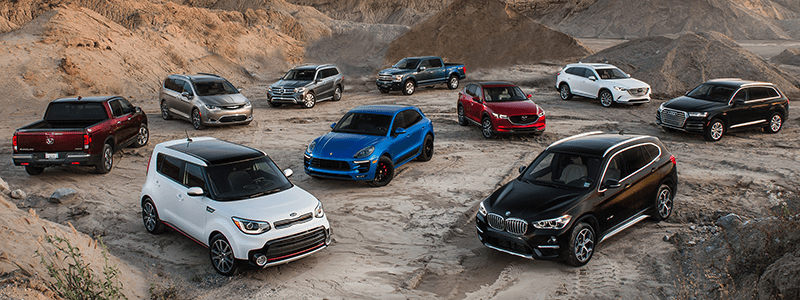
2. Crossovers, SUVs and Pick up trucks
There’s no stopping this trend, the share of cars (sedans, hatchbacks, station wagons, coupes and convertibles) of total US car sales has been sliding for years and 2017 was no different. As recently as 2013 (only 4 years ago), cars still outsold “trucks”, but in 2017 their share of the US market dropped to 35%, which means almost 2 out of 3 cars sold in the United States last year was either a crossover, SUV, pick up truck or MPV, and the latter category is a small and declining part of those. 2013 was also the last year that a sedan (the Toyota Camry) was on the full year podium in the models ranking, as the RAM pick up made it a 100% pick up truck podium since. And in 2017 the inevitable happened: the Camry also lost its position as the best selling non-pick up, as it dropped to 6th place behind 2 crossovers: its stablemate Toyota RAV4 and that model’s rival Nissan Rogue, making it a top-5 models ranking with no sedans for the first time ever. Sales of the “truck” segment reached a record of 11.1 million, up 4.3% on 2016 and the only thing that could reverse this trend is gas prices suddenly spiking, but that’s both unlikely and undesirable, for the automotive industry as well as the US economy as a whole. Photo credit: Car and Driver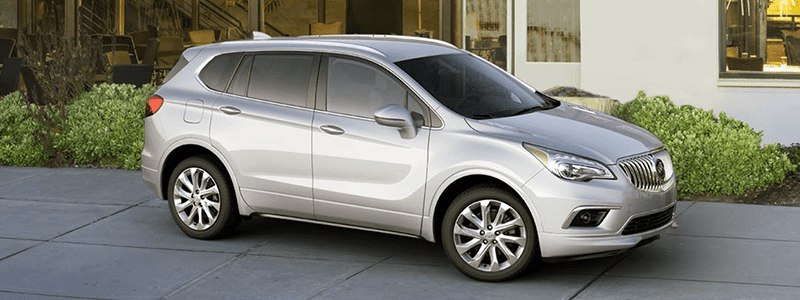
3. Buick Envision
The Envision is on this list not just because it became the third-best selling Buick in 2017 (and even second-best behind only the Encore in December), selling almost as many units as all of Buick’s 4 car models combined, but mostly because it has been the first truly successful Chinese-built car in the US, with over 40,000 sales in a single year. The Envision peaked at over 6,000 sales in December, not far behind the GMC Terrain, showing that it hasn’t even reached its full potential yet. The model was launched in 2016 to great displeasure of the United Auto Workers who wanted GM to build the vehicle in the United States, but that made no sense considering the Envision had been launched in China first (where it sold over 230,000 units in 2017), and the volume expectations in North America were too low to justify adding a second production line in the US. Consumers have spoken, the Envision sold at a similar level as the BMW X3 and 50% more than the similarlly priced Lincoln MKC. Its Chinese roots appear to have not hindered it in commanding retail pricing right between the mainstream and the premium segment, and for that we consider the Envision a success.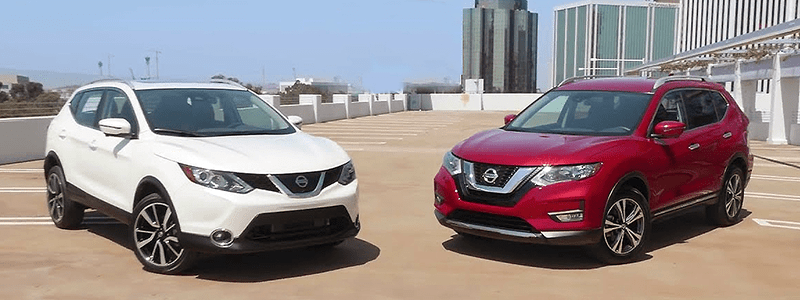
4. Nissan Rogue
Sales of Nissan’s compact crossover have been rising every year since the launch of the first generation in late 2007. The second generation, launched in 2013, only accellerated that rise to meteoric proportions. The nameplate has doubled its US volume in three years time, peaking at over 400,000 sales in 2017, accounting for 28% of total Nissan volume in the United States and selling more than the entire Volkswagen brand. The only blemish on its record we can think of is that is wasn’t able to take its segment crown, as the Toyota RAV4 managed to outsell the Rogue by about 4,000 sales, although that means both beat the former segment leader Honda CR-V by a significant margin.
One sidenote we need to make here is that these sales figures include the Rogue Sport, which is actually a stand-alone model (Nissan Qashqai in other parts of the world, including Canada), but whose sales figures are not published separately by Nissan North America.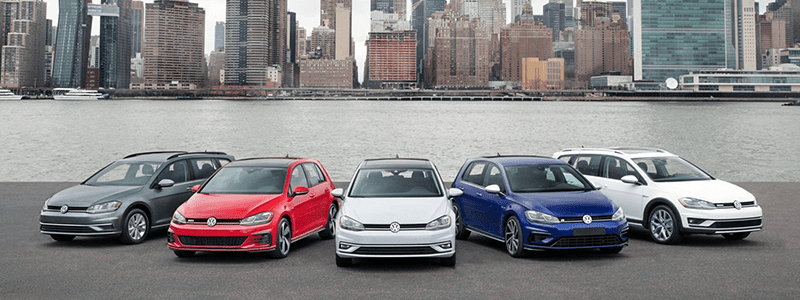
5. Volkswagen
You’ll also find the brand in our disappointments of 2017 article, but the reason we’ve featured it here as well is because it actually weathered the scandals it’s been faced with in recent years quite nicely from a sales point of view. Some expected a total demise of the brand in the US, potentially leading to a withdrawal from the North American market, but after sales in 2016 only dropped to just above 2011 levels despite being faced most of the year with a ban on selling the diesel powered models it relied on for so many years. Then in 2017 Volkswagen rebounded to close to 2015 levels with almost 340,000 sales, again with only limited supply of diesel cars and an aging line-up with the Beetle, Jetta and Passat all having been launched in 2011 or earlier and the Golf in 2012.
One reason why the brand’s future in the US still looks safe is that Volkswagen is finally started to take crossovers seriously. In 2017 it launched its first midsized crossover with the Atlas, and this became its second-best selling nameplate in December, not far behind the Jetta. The Atlas may not be threatening its established rivals at the top of the sales charts anytime soon, but this segment is large enough (almost 2 million sales in 2017 and growing healthily) for Volkswagen to gain significant volume here. Secondly, the new generation Tiguan was launched this year as well, and it was a welcome departure from the first generation which was considered too small and too expensive for US consumers, and with a ride that was too harsh. The second generation fixed those issues and added a third row option as well, as VW decided to only bring the longer version (called Allspace in Europe) to the US. The new Tiguan L jumped to third place in the VW line-up in December behind the Atlas, and combined sales of the old and the new version even outsold the Jetta that month. This model has the potential to become VW’s best seller in North America, putting the brand back on the map.

